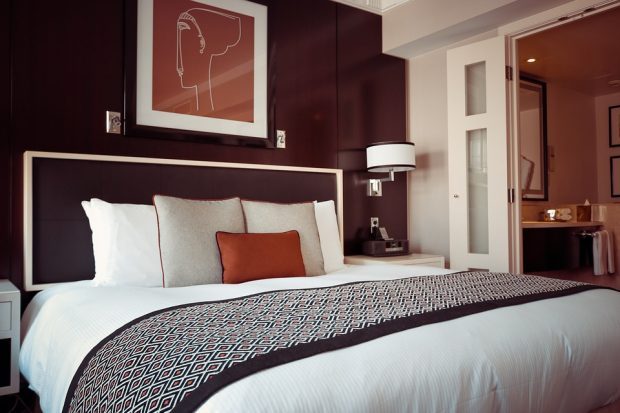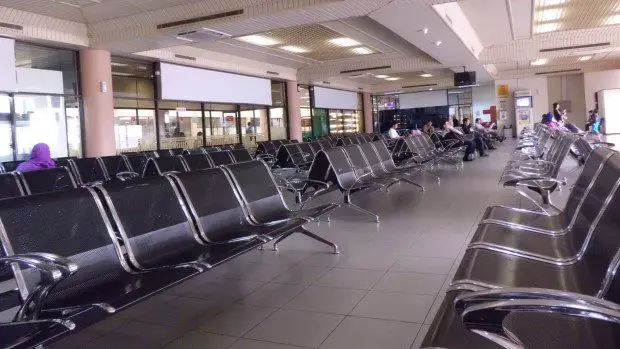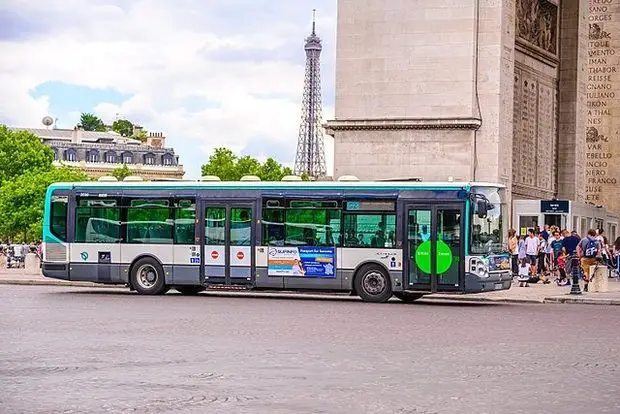On the surface, Paris seems to be a whole. However, as you go deeper into the capital, you will find that it is split in two: the Left Bank on one side, the Right Bank on the other, separated by the Seine river which crosses the capital. More than merely a geographical division, this division is also clear in many aspects, from monuments to restaurants and places to go out.
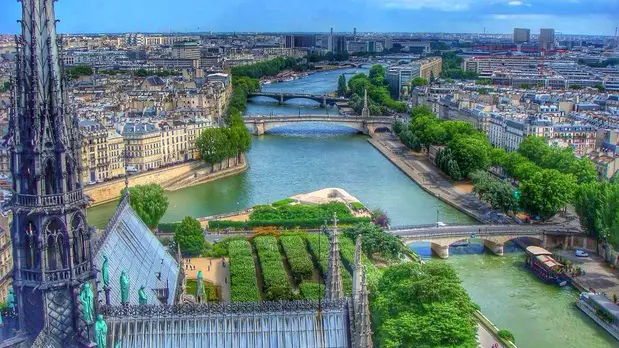
A Little Bit of History
Designations of the north of Paris:
- La Ville or the City
- L’Outre-Grand-Pont
- La Rive droite or the Right Bank
Designations of the south of Paris:
- L’Université or University
- L’Outre-Petit-Pont
- La Rive gauche or the Left Bank
The denomination “Left Bank”, “Right Bank” is relatively recent, it only dates back to the 19th century.
In the Middle Ages and during the Renaissance, it was customary to call the south of Paris “L’Université (University)” because it was mainly home to the Sorbonne and the Latin Quarter where the students lived, while the north was known as “La Ville (The City)” because that’s where the population lived.
From the end of the Renaissance to the Revolution, the south of the capital was called “Outre-Petit-Pont”, named after the Petit-Pont which was the only way to connect the south of the city to the north for a long time via the Ile de La Cité, while the north was called “Outre-Grand-Pont”.

Today, the term “Left Bank” refers to the part of the city located south-east of the Seine, as opposed to the “Right Bank” to the part located north-west of the river.
This denomination is linked to the direction in which the Seine flows.
The latter has its source in the East, in the village of Source-Seine, in Burgundy, and ends its course in the West, in the English Channel, at the estuary between Le Havre and Honfleur.
Consequently, by positioning one’s self in the direction of its current, the Left Bank is indeed on the left, and the Right Bank on the right.
If, like some Parisians, you wonder in which category to put the Ile de La Cité, the Ile Saint-Louis and the Ile des Cygnes, you should know that, since these islands are located on the river and surrounded by the two arms of the Seine, they do not fall within the scope of this terminology.
Composition & Infrastructures
The Left Bank in a few numbers:
- 6 arrondissements (5th, 6th, 7th, 13th, 14th, 15th)
- 1 metro line (Line 10)
- 2 train stations (Gare d’Austerlitz, Gare Montparnasse)
The Right Bank in a few numbers:
- 14 arrondissements (1st, 2nd, 3rd, 4th, 8th, 9th, 10th, 11th, 12th, 16th, 17th, 18th, 19th, 20th)
- 6 metro lines (Lines 1, 2, 3, 7bis, 9, 11)
- 4 train stations (Gare de Lyon, Gare de l’Est, Gare du Nord, Gare Saint-Lazare)
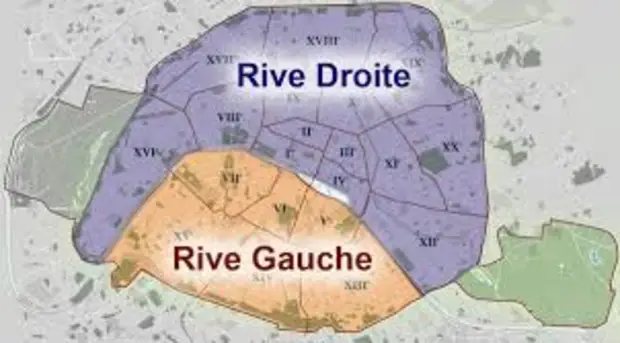
In terms of size, it is undeniable that the Right Bank clearly wins over the Left Bank.
Indeed, it encompasses 14 arrondissements, which represents more than ⅔ of the capital, against only 6 arrondissements for the Left Bank.
Once again, it is much easier to get from point A to point B in the Right Bank than in the Left Bank.
Indeed, between the 15 Parisian metro lines, 6 exclusively run in the north of Paris, when only 1 does in the south. The 8 remaining lines (Lines 4, 5, 6, 7, 8, 12, 13, 14) cross both banks.
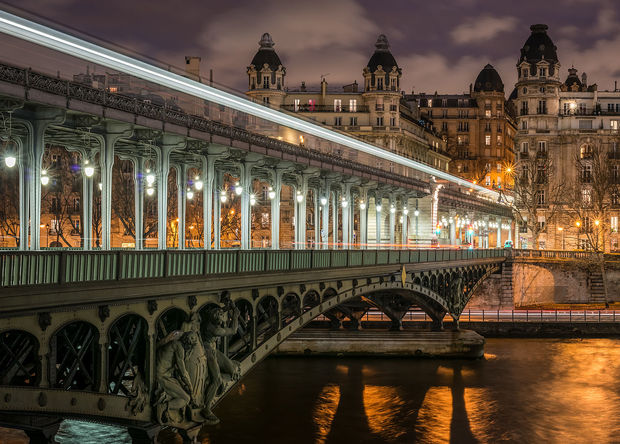
As a result, southerners sometimes find themselves having to go back up to the center of Paris, often as far as the Châtelet stop, before changing lines and going back down to another city in southern Paris.
This is an important point to take into account when booking your hotel!
In the same way, there are twice as many train stations on the Right Bank than there are on the Left Bank, a second strong point for the north of Paris, which can therefore brag of being well served.
Paris’ Right Bank VS Left Bank or Is It “Money Versus Culture”?
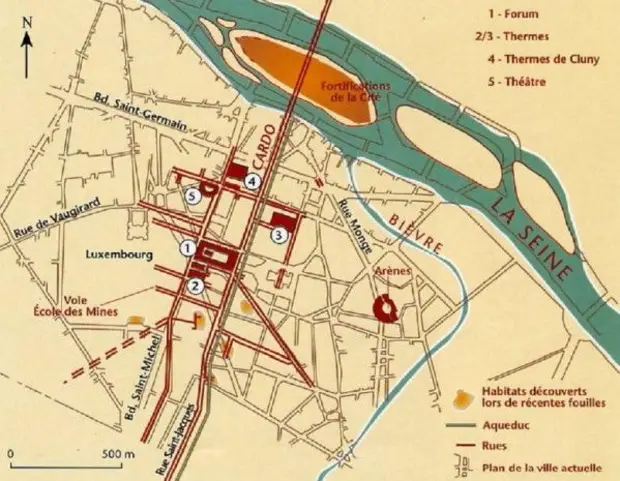
Paris’ Right Bank VS Left Bank, here is the eternal debate that animates Parisians, a debate that some people sometimes summarize with the following sentence: “Money versus Culture.”
To be able to better understand this juxtaposition, we have to go back a few centuries.
In the 1st century, the Romans built Lutèce, mainly on the Left Bank of the Seine.
They installed a forum, baths and arenas.
The Left Bank preserved several vestiges of the Gallo-Roman era such as the Lutetia arenas, the Cluny thermal baths and the Latin Quarter.
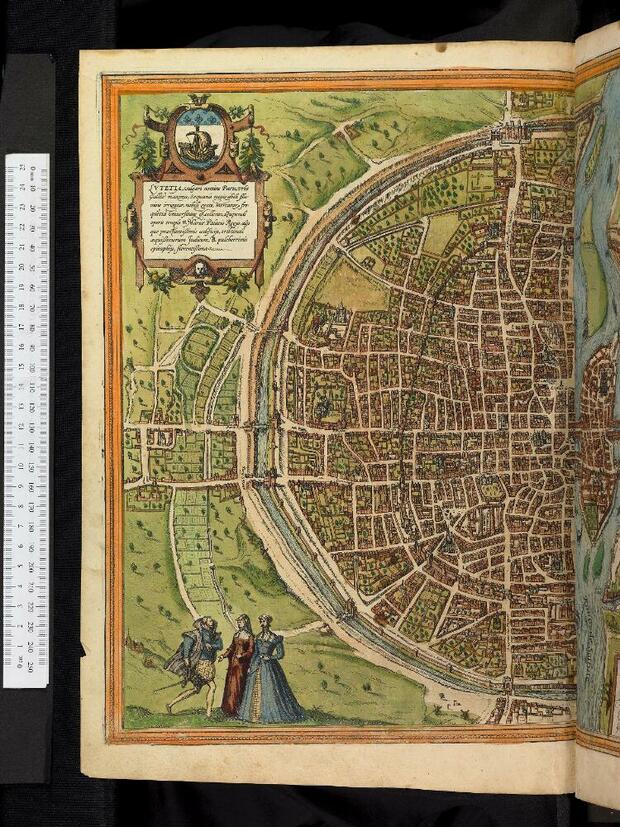
At the same time, the Lutetians noticed the presence of limestone in the ground, a stone which was used at the time to build buildings.
They began to exploit the rock banks mostly on the surface, then gradually dug underground more and more.
Today, the subsoil of the Left Bank holds more than 200 km of quarries and underground excavation sites, better known as the Catacombs.
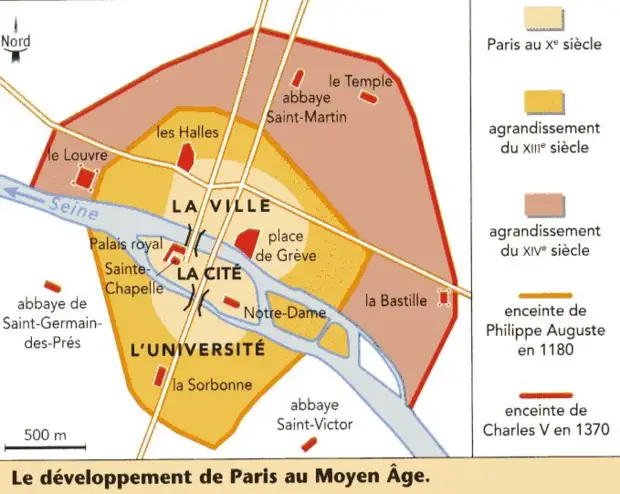
In the 11th century, a new city appeared on the Right Bank due to trade coming from the North.
In 1137, the creation of the Marché des Halles on former wetlands boosted the expansion of this district which became the economic and commercial heart of the city.
In 1180, Philippe-Auguste ordered the construction of a new wall to protect the city, which was then enlarged by Charles V in 1370.
This wall permitted to organize the city and its functioning.
On the Left Bank, education is present thanks to the University of La Sorbonne. On the Ile de La Cité, the political and religious powers stand with the Royal Palace and Notre-Dame Cathedral.
On the Right Bank, trade and commerce can be seen.
The Left Bank is therefore often assimilated to the Culture for:
- Its past as a Gallo-Roman city (Arènes de Lutèces, Musée Cluny)
- Its historical heart (Latin Quarter)
- Its “literary cafés” (Le Procope, Café de Flore, Café des Deux Magots, Closerie des Lilas…)
- Its libraries, high schools and universities (BNF, Sorbonne, Lycée Henri IV, Lycée Fénelon…)
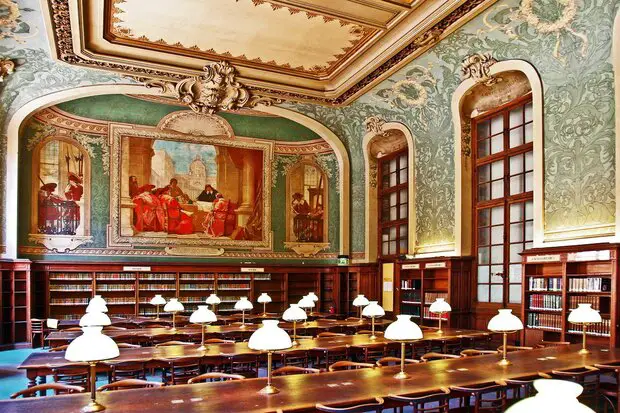
As for the Right Bank, it is often equated with Money for:
- Its former royal residence (Louvre Museum)
- Its department stores (Forum des Halles, Avenue Montaigne, Haussmann, Opéra…)
- Its mansions (Hôtel Matignon, Palais de l’Elysée…)
- Its business districts (Bourse, Opéra, Bercy, La Défense)
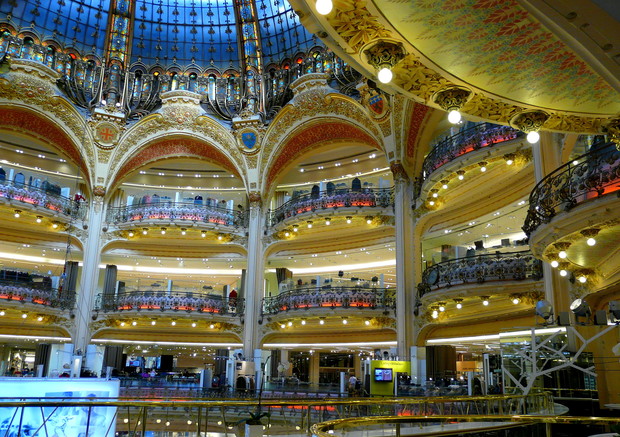
Where to Go on the Banks?
On the Left Bank, we have:
- “Literary cafés” (Procope, Café de Flore, Café des Deux Magots, Closerie des Lilas…)
- Jazz music clubs (Le Caveau de La Huchette, Jazz Café Montparnasse, Le Tabou…)
- Independent cinemas (L’Escurial, L’Arlequin, L’entrepôt, Le Champo, Christine 21, Les Fauvettes, Le Reflet Médicis, Studio des Ursulines, La Filmothèque du Quartier Latin…)
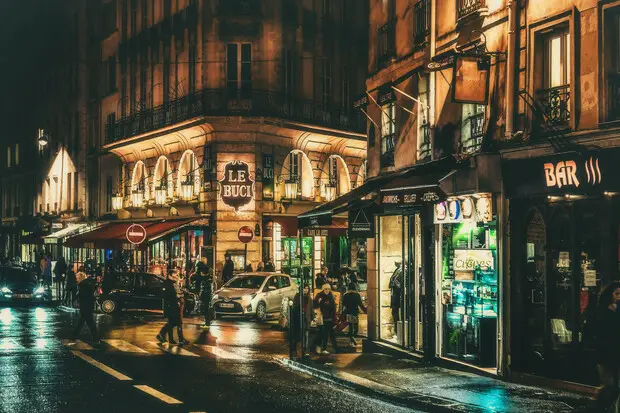
On the Right Bank, we have:
- Opéras (Opéra Garnier, Opéra Bastille)
- Theaters (Mogador, L’Athénée, The Trianon, The Châtelet, The Ranelagh, Bouffes du Nord…)
- Cabarets (Crazy Horse, The Moulin Rouge, The Folies Bergères…)
- Concert halls and venues (The Zénith, The Cigale, L’Olympia, AccorHotels Arena…)
- Stadiums (Parc des Princes, Roland-Garros Stadium, Palais omnisports de Paris-Bercy)
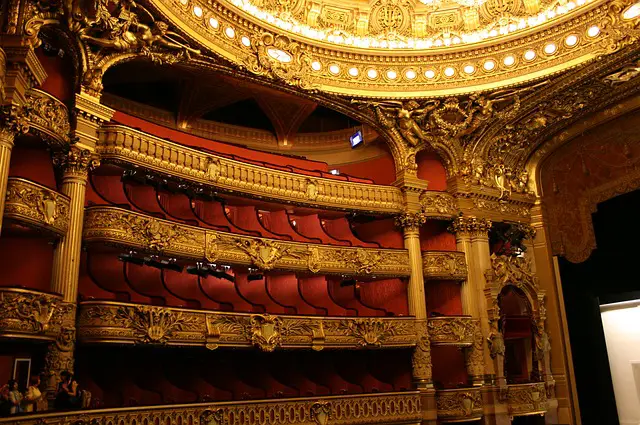
The Gastronomy
The Left Bank is known as the authenticity bank for:
- Its bistros (The Gladines, L’Autre Bistrot, The Café Constant, The Comptoir du Relais…)
- Its breweries (Brasserie Lipp, The Séraphin, Bouillon Racine…)
- Its starred gastronomic restaurants (The Tour d’Argent, The Rotonde, The Jules Vernes…)
On the Left Bank, there are some fuss-free bistros with zinc counters, beer taps and wooden or iron tables covered with gingham (Vichy) tablecloths or white embossed paper.
We can see brasseries with their inimitable and typically Parisian charm where it is possible to eat traditional French dishes such as onion soup, blanquette de veau or hotpot.
And of course, you can enjoy exceptional French cuisine accompanied by grands crus (great vintages) in one of the prestigious starred gastronomic restaurants present in the capital.
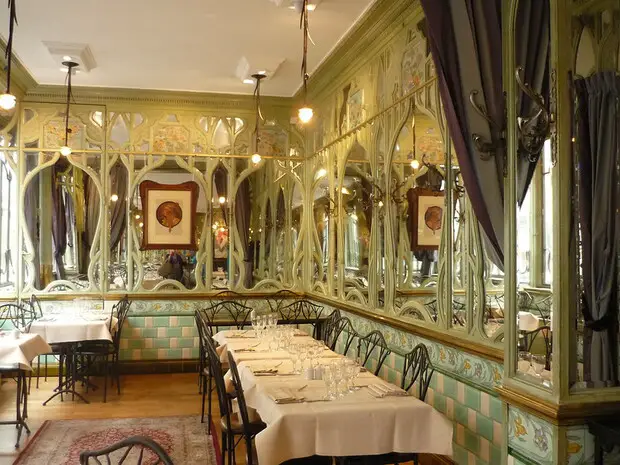
On the contrary, the Right Bank is the bank most known for:
- Its “bars à trucs” (Soup bars, Salad bars, Rice bars…)
- Its “fusion” restaurants (The Réclame, Restaurant Pania, Mian Fan…)
- Its healthy & trendy canteens (vegetarian, vegan, gluten-free…)
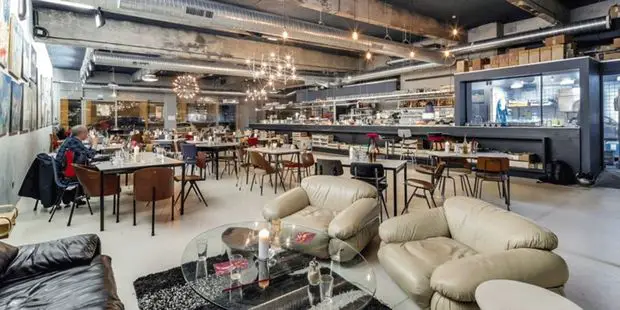
As such, it is difficult to deny that the most original and trendy bars and food concepts are located on the Right Bank of the Seine.
Between the “bars à trucs”, the “fusion” restaurants offering a cuisine mixing local ingredients and products from elsewhere and the vegetarian, vegan and gluten-free canteens, you won’t lack choices in Paris and there will be something available for everyone.
The decorations can be modern and trendy or on the contrary, vintage and rustic.
Fast-good tends to replace fast food. We compete with inventiveness, we look for the golden nugget, we find the right addresses. In short, it is full of life and ideas.
Ultimately, to sum it up…
If the Right Bank of the Seine is objectively larger and better served than the Left Bank, it would be wrong to say that one bank is objectively better than the other.
Both are equal, each has a story to tell and a different heritage to offer.
The question should rather be: “Paris Left Bank VS Right Bank: which one suits YOU best?”, according to your tastes, appetites and interests.
If your stay allows you to do so, do not hesitate to visit the North as well as the South of the capital to make your own opinion!
I aim to share my tips and recommendations for the beautiful country of France. My goal is to help you plan your next adventure, whether it’s a weekend getaway or a once-in-a-lifetime trip. From finding the best hotels and restaurants, to discovering unique activities and sights, I’ve got you covered!

